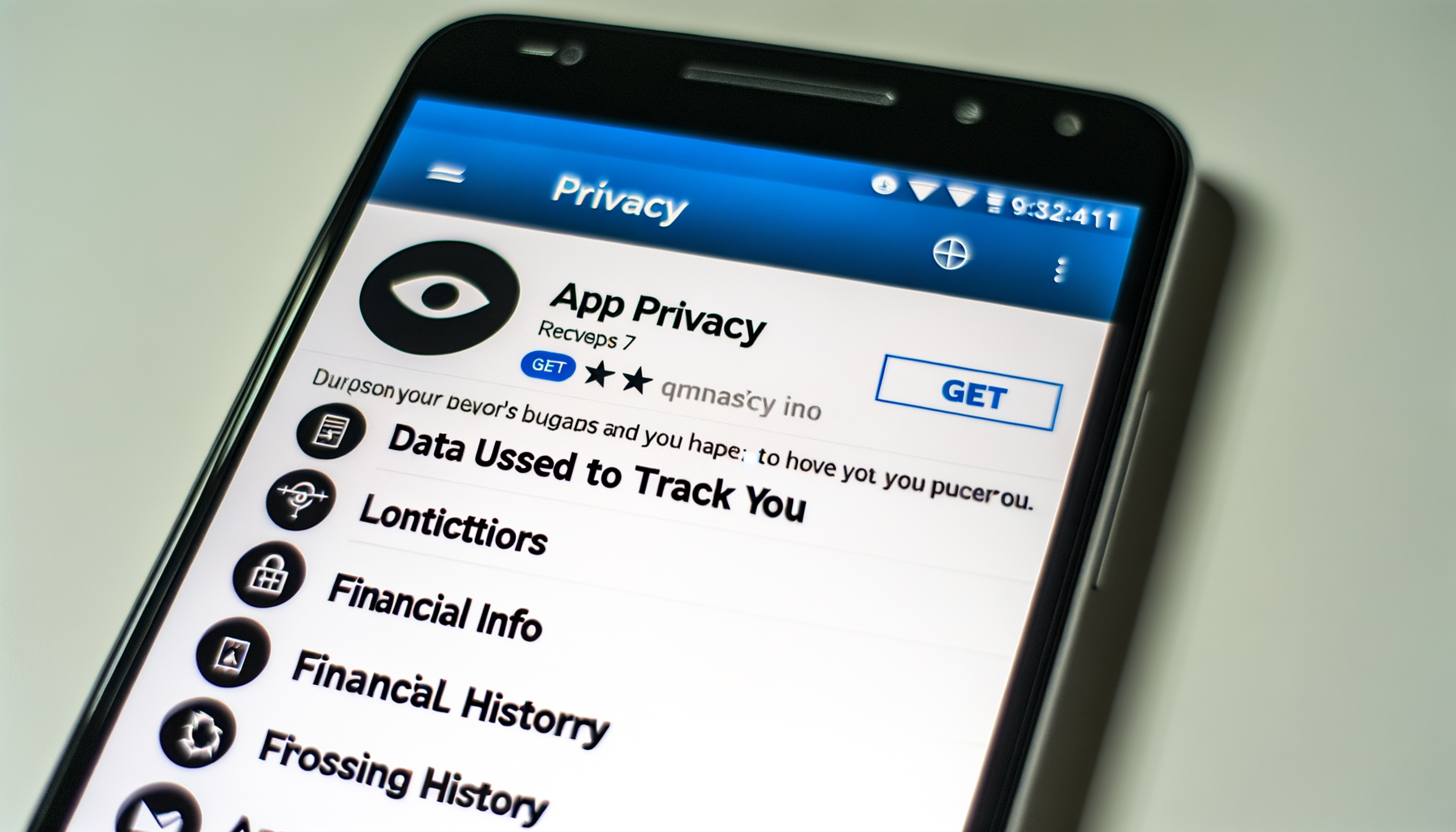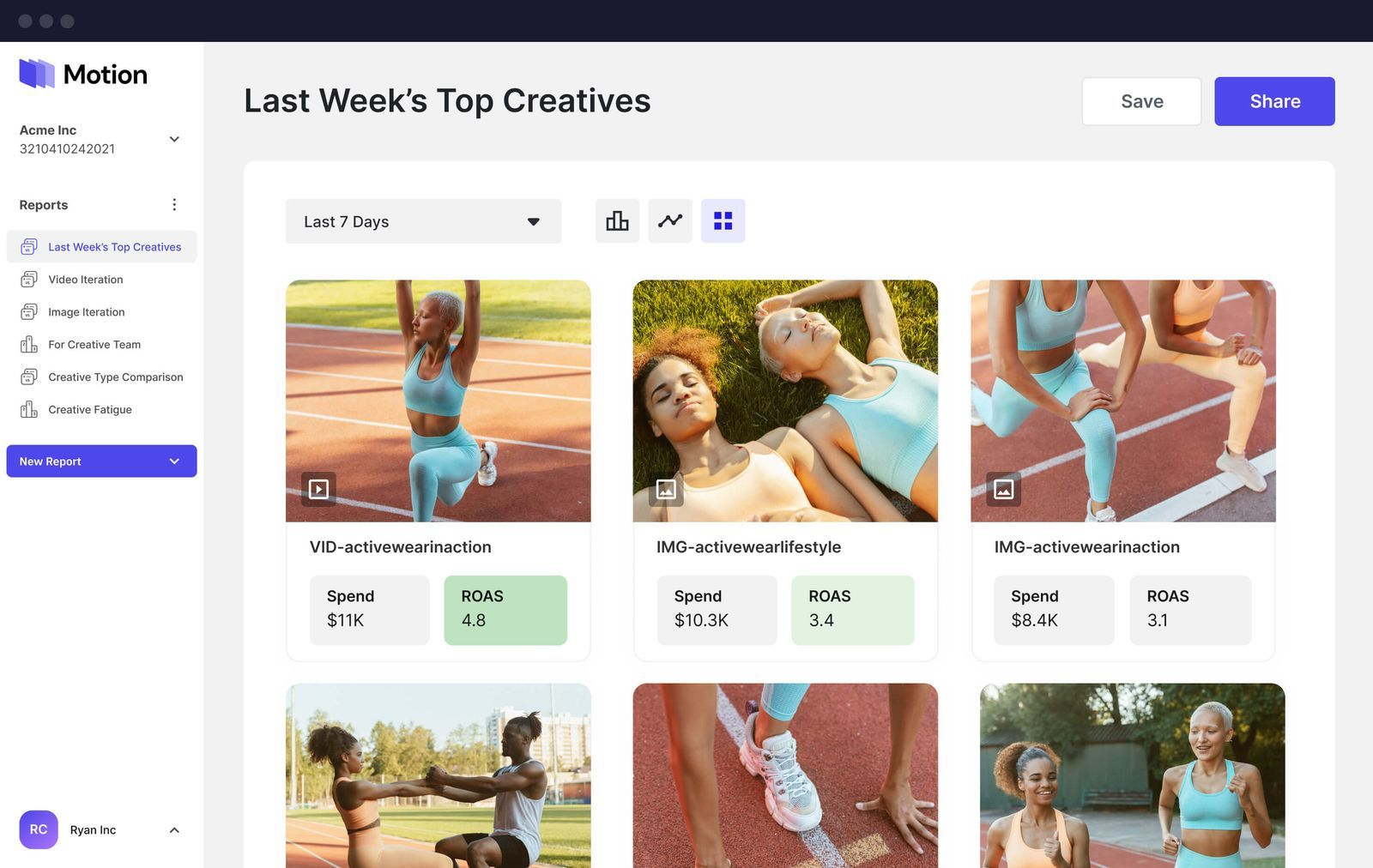Since late 2022, there’s been a renewed debate that paid media, as a whole, is getting easier to manage and secure a strong ROI. The other side of the argument challenges that perspective, saying that targeting is tougher than it’s ever been.
So which is right? Well, there is some truth to both angles, and that’s what we’ll be discussing in this post.
By the end of this piece, you should have a bit more awareness of how marketers in 2023 going into 2024 are regarding the state of paid media’s effectiveness and simplicity of execution.
AI Has Altered the Playing Field for Paid Media Services
Artificial intelligence has made significant inroads into the world of paid media services. It’s not just a buzzword, it’s a game-changer. AI-powered marketing tools are revolutionizing how advertisers manage and optimize their campaigns.
These tools can analyze vast amounts of data in real time, identifying trends and opportunities that would be impossible for a human to detect. For instance, they can adjust bidding strategies based on user behavior, thus improving ROI.
However, it’s crucial to recognize that AI is a tool, not a magic wand. While it can enhance efficiency, human oversight remains vital.
Advertisers need to set clear objectives and continuously monitor AI-driven campaigns to ensure that they align with broader business goals. Additionally, AI is only as good as the data it’s trained on, and with increasing privacy concerns and data restrictions, the quality and quantity of data available to AI algorithms are changing.
Challenges with Creative AI
One of the primary challenges is that AI lacks the human touch — the ability to understand and evoke complex emotions, humor and cultural nuances. AI-generated content can sometimes feel formulaic and lacking in authenticity.
Additionally, AI relies heavily on the data it’s trained on. If the training data is biased or limited, it can lead to unintended consequences, reinforcing stereotypes or generating inappropriate content.
Creative AI tools are best suited for tasks that require high volumes of content, such as A/B testing variations of ad copy or creating product descriptions. And for truly compelling storytelling and brand identity, human creativity remains indispensable.
As AI continues to advance, addressing these challenges and finding ways to collaborate with AI creatively will be essential for advertisers seeking a competitive edge.
Privacy Changes Create Anticipated but Inconvenient Hurdles
Apple’s iOS updates and changes to Facebook’s data access policies present a formidable challenge to the paid media advertisers of today. These changes limit the types of data advertisers can collect and leverage for ad targeting and personalization.
For instance, the introduction of App Tracking Transparency (ATT) by Apple requires users to explicitly opt into data tracking, disrupting the granularity of user tracking that was once a cornerstone of effective ad targeting:

Facebook’s response to these changes includes the removal of key audience segmentation options, impacting advertisers’ ability to reach specific user groups effectively.
Navigating this privacy-centric era requires a shift in approach. Advertisers should focus on building trust with their audiences and delivering highly relevant content while respecting their users’ privacy.
It also means relying more on first-party data and adopting alternative targeting strategies that prioritize user consent:

Strategies Have to Become More Creative to Compete
Creativity is the heartbeat of effective advertising and it’s never been more pertinent than now. In the context of paid media, creative strategies encompass more than just eye-catching visuals; they involve crafting compelling narratives that resonate with the audience.
Whether it’s an emotional appeal or a logical one, the message that you create with your paid media ads makes all the difference in the new landscape of paid media that we find ourselves in.
Before AI was as big as it is now, advertisers had to balance their attention between creativity and “pulling levers,” so to speak. More of their time was spent finagling with advertising platforms to position their ads in the perfect spots for the most optimal costs.
Now, much of the technical side of media buying is automated for advertisers, making the competition space much more heavily reliant on the advertiser’s creativity:

In today’s digital landscape, where data is becoming scarcer and privacy concerns loom large, creative strategies play a pivotal role in achieving marketing objectives. Advertisers must go beyond the traditional reliance on data-driven optimization and delve into the art of storytelling.
Effective storytelling involves crafting narratives that connect with users on a personal level, making them feel heard and understood. It means tailoring ad content to align with users’ values, interests and pain points. This approach helps build brand affinity and trust in an environment where data-driven personalization is less viable.
To succeed in paid media services, it’s imperative to invest in the development of creative skills within your team and foster a culture of innovation and experimentation.
Google’s Relationships with Agencies
The relationship between marketing agencies and advertising platforms like Google is intricate and constantly evolving. Historically, agencies have played a crucial role in driving revenue for these platforms. They serve as intermediaries, helping businesses navigate the complexities of online advertising, from campaign creation to optimization.
However, rumors have circulated about platforms like Google potentially aiming to reduce their reliance on agencies and capture more revenue directly. Of course this possibility exists, but it’s not likely to happen, certainly anytime soon.
Ad agencies provide a wide range of services, from creative development to strategy and planning to valuable insights and advice. Google can help with some of these tasks, but it is not a one-stop shop for all of their advertising needs. Agencies also offer expertise, customization and a personalized touch that platforms may struggle to provide at scale. They can tailor strategies to meet individual business needs and adapt quickly to changes in the digital landscape.
Many agencies maintain symbiotic relationships with these platforms and, historically, they have even received kickbacks for the ad spend they’ve generated for platforms like Google.
So it’s more likely that Google will continue to disrupt the advertising agency industry, but any ad agencies that adapt and evolve their services will be able to thrive in any new environment.
Future Trends in Paid Media
The future of paid media services is poised for exciting and transformative developments. Automation and AI are expected to continue advancing, enabling advertisers to optimize campaigns more efficiently. However, this progress comes with a caveat, as the role of human oversight remains essential.
One emerging trend is the increasing focus on contextual advertising. With data privacy concerns limiting user tracking, advertisers are turning to contextual targeting — placing ads in the right context rather than relying solely on user data:

This approach involves understanding the content and context of web pages or apps to serve relevant ads.
As traditional platforms like Facebook and Google face increased scrutiny, advertisers are exploring other avenues, such as influencer marketing, podcasts and niche social media platforms.
Voice search and visual search are also expected to gain prominence. Optimizing content for voice-activated devices and visual search engines will become critical for advertisers looking to stay competitive.
In summary, the future of paid media services holds promises and challenges, driven by technological advancements and shifts in consumer behavior. Advertisers must stay agile, adapt to these trends and keep a keen eye on evolving opportunities.
Last Thoughts on the Future of Paid Media Services
We’re pretty confident in the position that paid media services have gotten a little simpler in some ways, what with the advent of AI helping advertisers with a lot of the minutiae. But there are whole new obstacles that come with severely limited data collection, making optimal targeting a lot more challenging to get right.
In the end, it’s all just another testament that the world of digital marketing is yet again shifting from one plane to another. Just like domain authority was a huge deal with SEO since the early 2000s, it’s now defunct. The same principle applies here with paid media.
Old ways of doing things are phasing out, and now we have different challenges, but our technology is also getting smarter, making things that used to be time-consuming a lot quicker. It’s give and take.
And surely, within the next ten years, something new will pop into the scene to throw a wrench in everything we’ve adjusted to. It’s a natural part of iteration.
With that, we encourage you to stay current with as much as you can. The more you can learn about new approaches and challenges, the less surprised you’ll be when those things inevitably trickle their way into your own marketing strategy.
If you’re ready to get higher returns on your online ads, Single Grain’s paid advertising experts can help!👇
For more insights and lessons about marketing, check out our Marketing School podcast on YouTube.






